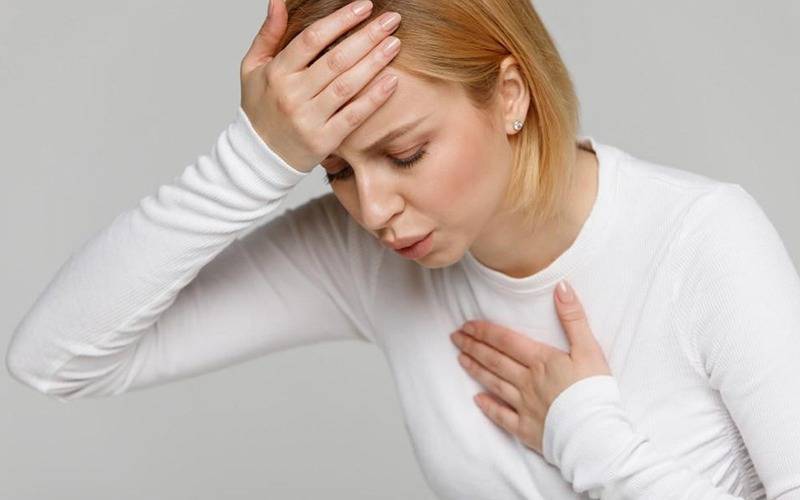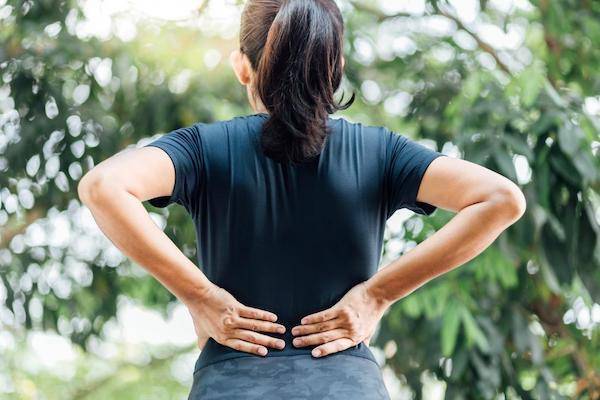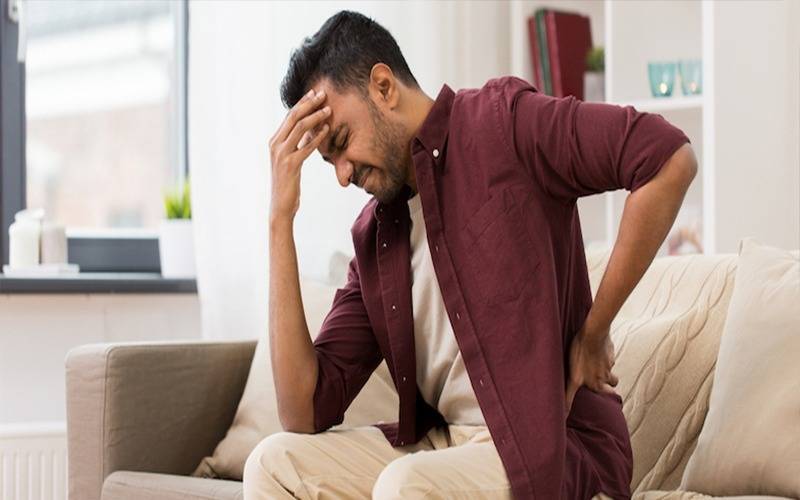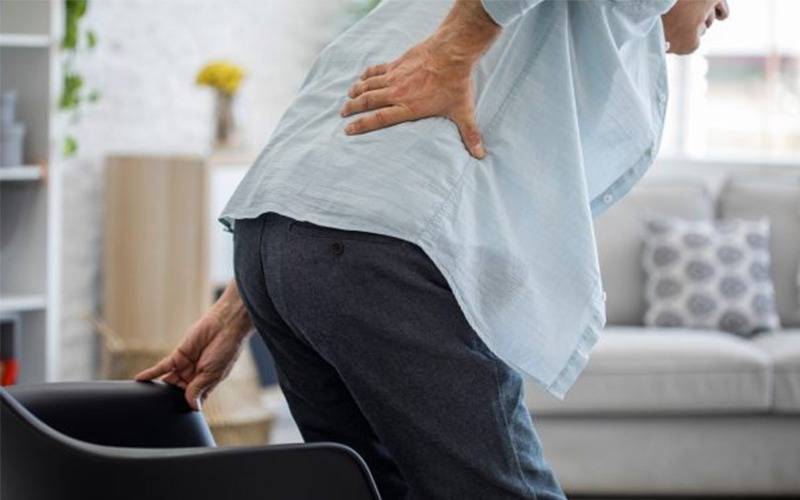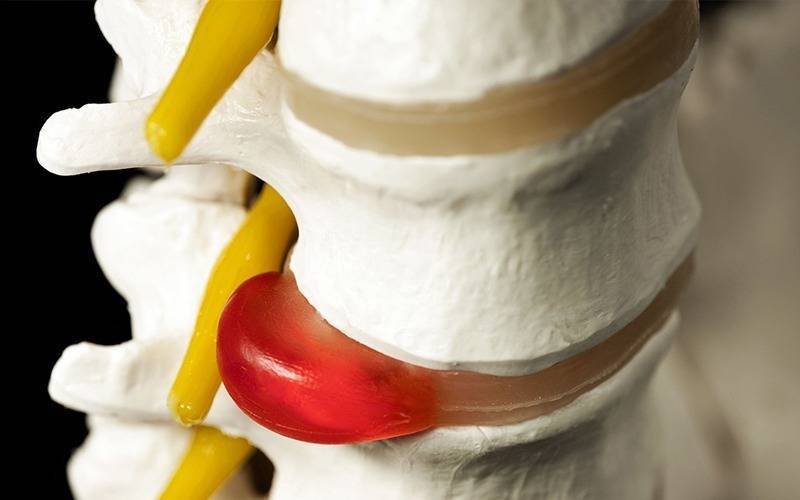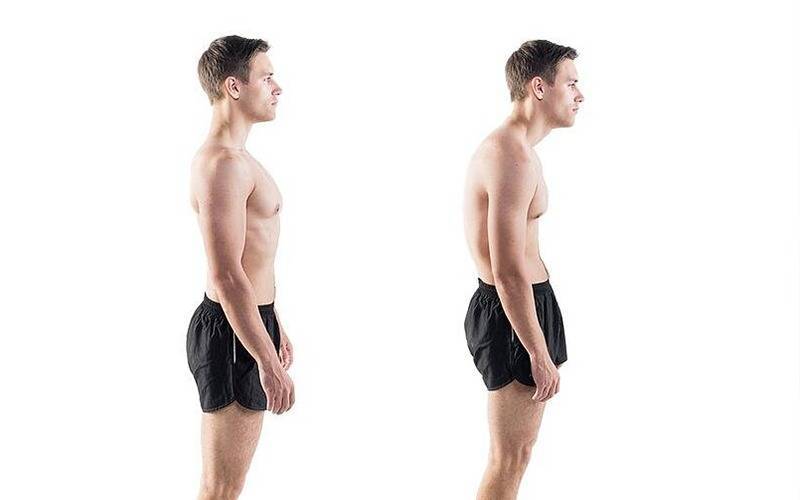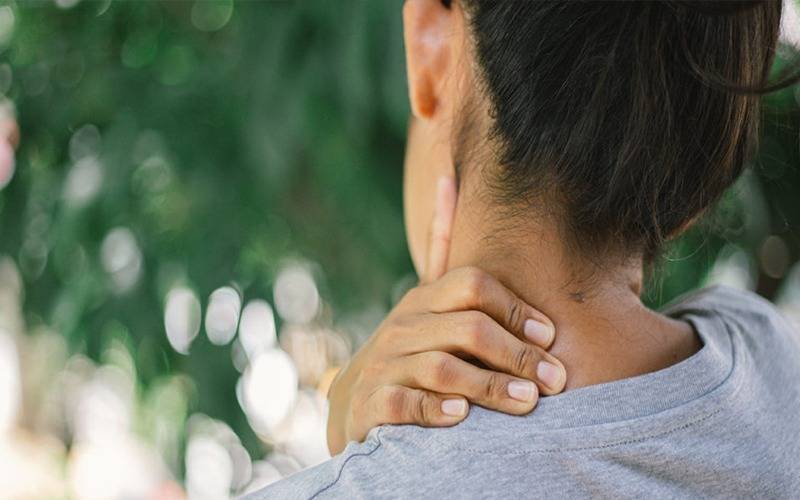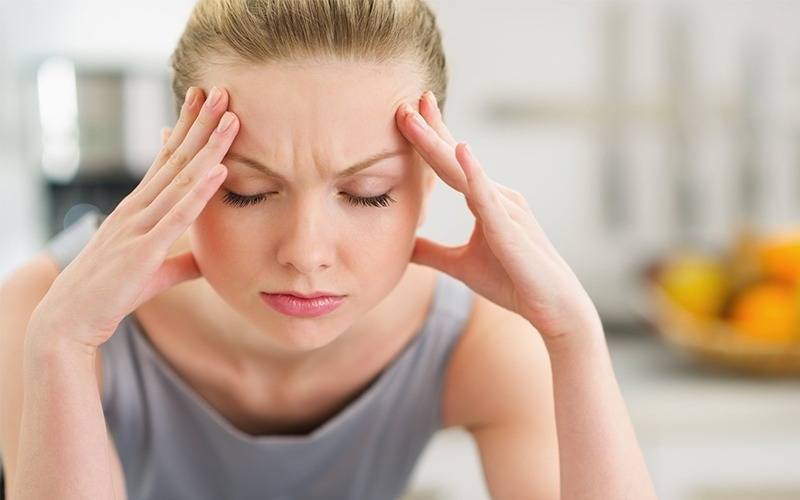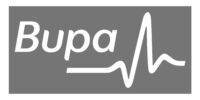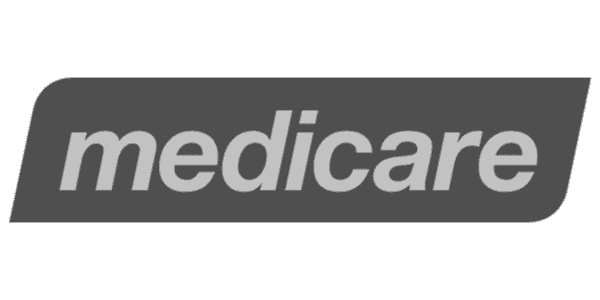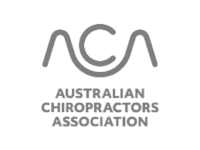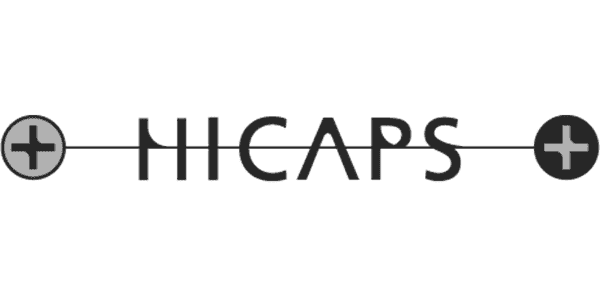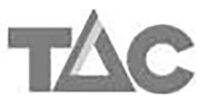
GENERAL INFORMATION, SIGNS & SYMPTOMS, CHIROPRACTIC AND SELF MANAGEMENT OF
Hip Bursitis, Tendinitis, & Tendinosis
The hip joint is one of the most hard working joints in our body. It is constantly working to provide balance between the lower limbs and the rest of our body. The muscles of the hip are consistently contracting to move or stabilise the joint as it is goes through its normal motions. The deep muscles of the hip (Commonly the gluteal muscles) play an important part in this stabilisation and movement and are constantly contracting with all hip movements. These muscles are often susceptible to acute repetitive and chronic strain (tendinitis, tendinosis and/or bursitis)
Terminology
A tendon is a structure that attaches muscle to bone. Tendinitis is acute inflammation as a result of a larger scale damage of the tendon. Tendinosis refers to chronic degeneration of a tendon over a period of time (the tendon fails to heal properly during a normal healing period). Bursa are small fluid filled sacs (little water-balloon like structures) that rest in between tendons (or between tendon and bone) and act as buffers to friction. Bursitis occurs when the bursa (balloon) gets irritated and becomes inflamed.Tendonitis, Tendinosis or Bursitis can occur independently or may occur together in an area.

Causes
- Tendon and bursa injuries are most commonly caused by repetitive strain and/or by excessive load due to poor posture during movement (altered biomechanics).
- Damage can also be cause by direct trauma.
- Some arthritic conditions (e.g. Rheumatoid Arthritis) can also be implicated

Signs & Symptoms
- Pain can be constant or with certain hip movements.
- There may be hip weakness with certain movements.
- Pain can be more prominent at night and can wake you at night (especially when rolling on or sleeping on the same side)
- Pain when getting up from a chair (especially after sitting for long periods)
- Pain with going up stairs
- Pain may increase with walking, cycling or standing for long periods.
- Pain can refer/travel down the leg or into the groin and buttocks.

Therapies
- This injury can have a high rate of recurrence so it is important to establish the cause of the injury through a careful history and examination.
- Your Chiropractor will examine the posture and movement co-ordination between your back, pelvis and legs. This is to ensure that these major joint intersections are moving with the correct biomechanics in relation to the rest of the body.
- Therapy will be aimed at:
- Reducing muscular tension associated with pain and inflammation through direct and indirect techniques to the tendon and bursa.
- Correcting any hip movement/biomechanical dysfunction through therapy, exercise and education.

Management
- A course pain relieving and/or anti-inflammatory medication may be of benefit with consultation of your doctor or pharmacist.
- Ice in the first 24-48 hours (3 sets of 10 minutes on 10 minutes off – 2 or 3 times per day). Stop using ice if you have any discomfort or if there is no relief.
- Hip and low back movement exercises will help in the first 7-10 days (your Chiropractor will prescribe those relevant to your needs).
- Once pain has settled you will be prescribed stretching and strengthening exercises with an aim to restoring your hip and pelvis to its pre-injury state. Further exercises can be proscribed to strengthen your hip/pelvis area with the aim to decrease the chance of recurrence.
- You may also receive instruction on lifestyle and posture choices that could be contributing to the tendon/bursa damage.
- You may also be referred to a specialist for imaging (Ultrasound, MRI, X-Ray) if required (e.g. to rule out other causes of the pain).
- Click Here for stretches for The Hip
- Click Here for strengthening for The Hip

